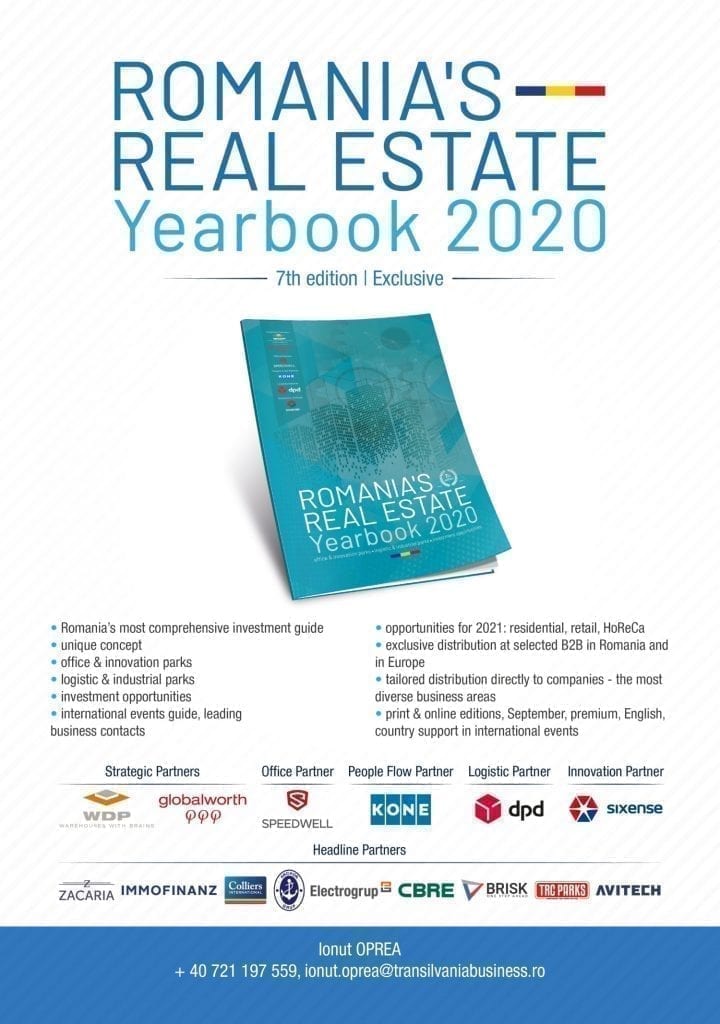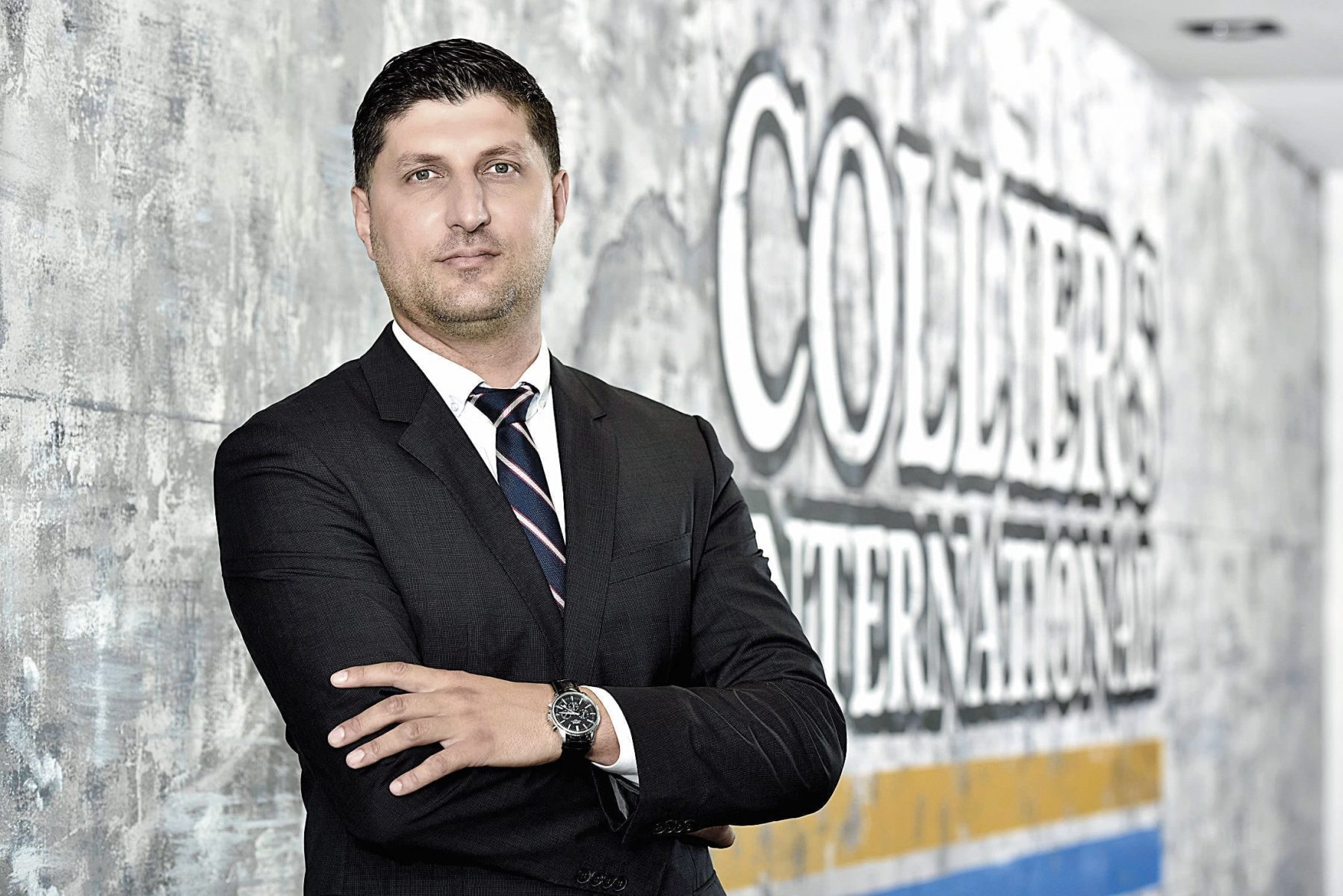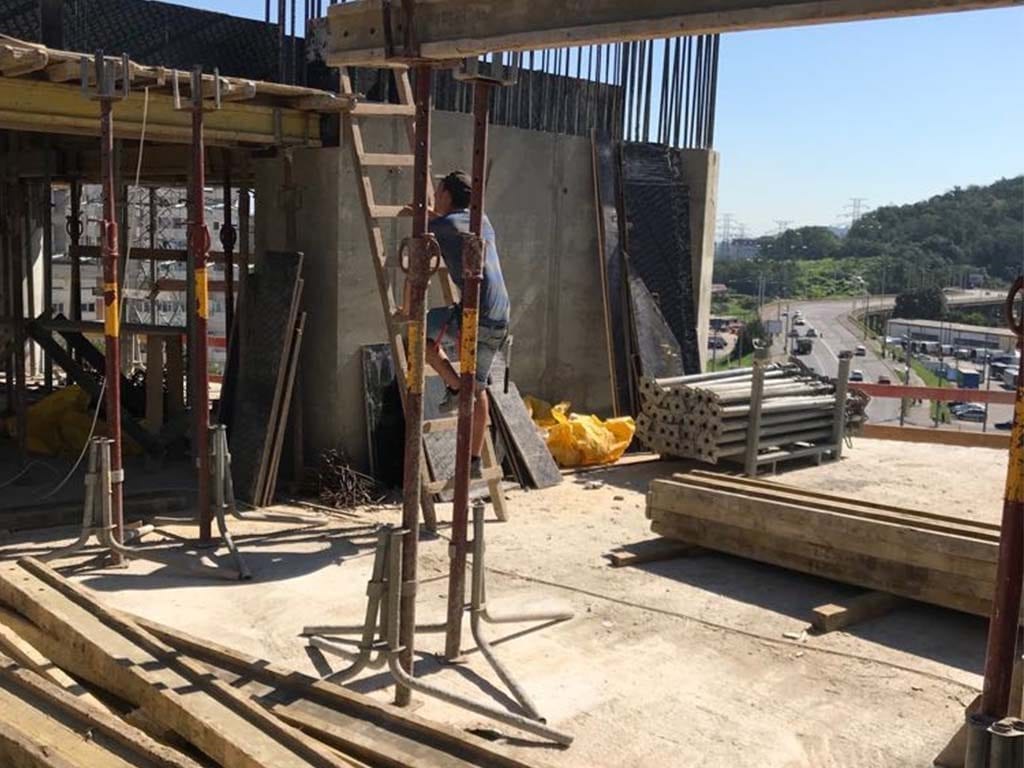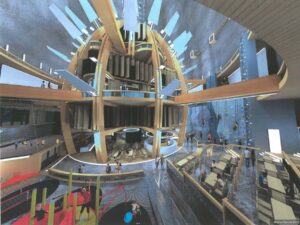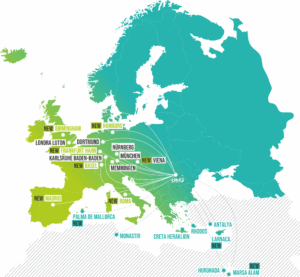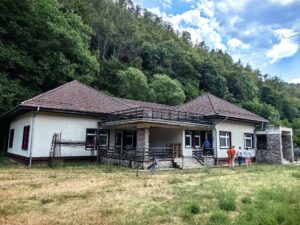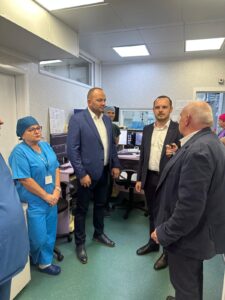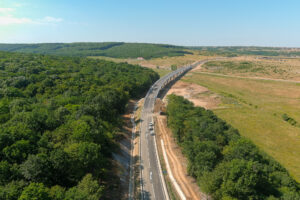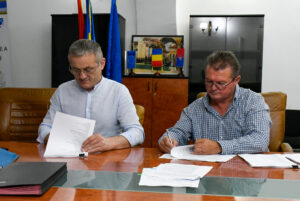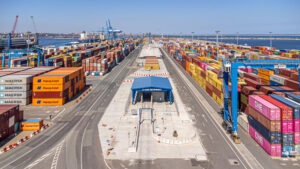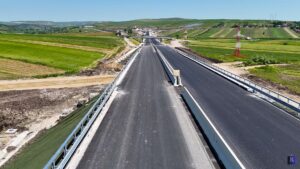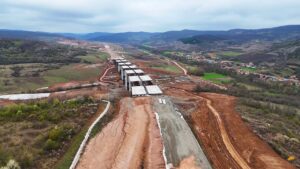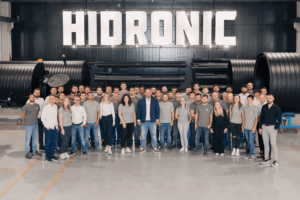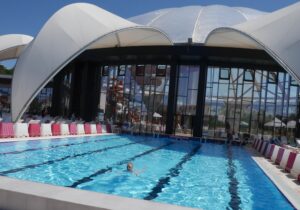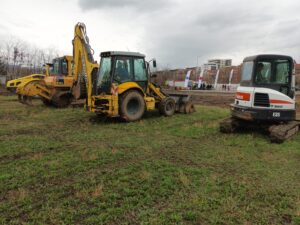“For now, and the coming years, we want to focus on setting the grounds for an educated and well-informed attitude towards industrial and logistics real estate activities”. Laurențiu Duică, Head of Industrial Agency at Colliers International Romania, provides an in-depth analysis on trends that are redefining the market in Romaia.
Published in “Romania’s Real Estate Yearbook 2020”, launched in September 2019, click – here, to read online
Which concepts and deliveries determined the market evolution in the last years? How was the market shaped by the players, acquisitions, extensions, new regional cities/development areas and the infrastructure improvements in certain locations?
The industrial and logistics market has undergone some groundbreaking changes in recent years. Just in the last couple of years, the stock of modern industrial and logistics spaces has shot up from around 3 million sqm to 4.2 million. That’s a 40% growth with vacancy rates increasing marginally – it is still very much a landlords’ market. The market remains focused on Bucharest to a big extent, as it received around half of the new deliveries in this period, with a significant share for the rest located in central and western Romania. Otherwise, it is difficult to include the impact of infrastructure changes into any thoughts about the future due to the irregular progress recorded by public works. _at said, we recently published an analysis about the most active counties in Romania in terms of logistics operations. Interestingly, the top 3 outside Bucharest were Timis, Constanta and Alba, all located alongside Pan European Corridor IV, meaning that analyzing the highway linking Constanta to Timisoara via Pitesti and Sibiu is of vital importance. Also, analyzing the promised highway between Iasi and Targu Mures would unlock what is probably the most attractive region in Romania in terms of labor force availability. Currently, the market is dominated by a handful of large players, notably CTP and WDP, but others are growing quite fast, such as Globalworth with Global Vision through their joint venture Global Industrial, by recently starting the development of a logistics park in the Chitila area, or P3 by launching a new project also in the Chitila area, which is their second project in Romania. Other developers, such as MLP and Element Industrial, are just setting up their projects on our market, choosing Bucharest as starting point for their investments.
What do you expect for the next two years in terms of market attractiveness, country development potential in the region, new projects announced by developers or investments in certain sectors?
Strictly in terms of macro/hard facts, Romania is still one the most attractive countries in the CEE, so it’s not just our subjective view as agents “selling” the image. Despite rising labor costs, the gap between productivity and wages remains one of the best in the region – with wages in industry at around one fourth of the EU’s average, the productivity per hour worked is around half of the level in the Union. When you consider the fact that Romania looks very much under supplied, the industrial and logistics stock, which likely neared the 4.5 million sqm mark mid-2019, should expand at around 10% per year on average for the next several years, with just the rapid rise in consumption throughout Romania calling for an overhaul of the market, let alone the new demand coming from e-commerce. Otherwise, Romania is cementing its status as an auto manufacturing hub, with both major factories (Dacia and Ford) moving into a higher gear and suppliers continuing to flock to Romania.
Which industries are now driving the demand/growth and what might change in mid-term, which are the positive arguments for projects in Romania and also the challenging factors?
As I stated a bit earlier, retail and e-commerce are at the forefront of demand for industrial and logistics spaces, with logistics and distribution operations also quite significant. Over the medium term, we would expect the latter to become more relevant, but also to see more industrial operations (including related to the auto industry). Romania’s positives hinge mostly on its EU membership status, on the fact that it still offers a juicy gap between costs and productivity and on an interesting pool of people with tertiary education. On the flip side, the challenges relate mostly to regulatory framework uncertainties (laws can change too frequently or without any hints prior) and uneven progress with regards to structural reforms (from building highways to improving the quality of the education system). Fortunately, the issues can be addressed quite straightforward as they are not overly complex, meaning that pushing the economy forward can be simple enough for at least another growth cycle.
How is Colliers through its expertise and team providing the best services for the market, how are the approach and strategy changing, which are the milestones in your activity so far and the objectives for 2019/2020?
The industrial and logistics market is still very much a “Wild Wild West” scene in Romania, as neither the tenants, nor the landlords have a very well-structured strategy when it comes to the overall approach of all activities and aspects of this field. As class A warehouse spaces that meet all legal requirements are on high demand and shall continue to be so in the coming years, there is little concern for aspects such as building an equitable environment and reaching a fair outcome for all involved.
Quite often, when a specialized real estate broker is not involved in the process, one of the parties tries to take advantage of the other’s lack of expertise in certain areas, and this is why sometimes tenants find themselves trapped in costly deals, and landlords see themselves forced to accept unreasonable demands, to avoid losing business. The struggle of the broker is to establish a well-balanced environment where each party gets its fair share, in ideal conditions.
Whether we are working with developers to identify ideal locations for new developments or with tenants interested to relocate, expand or access new areas, our goal is to educate the market one customer/collaborator at a time, and make sure that the outcome is satisfying for all involved, on a long-term basis. The financial outcome of our business endeavors is a priority, but not our main one. For now and the coming years, we want to focus on setting the grounds for an educated and well informed attitude towards industrial and logistics real estate activities, where each party understands, appreciates and respects the services rendered and has full confidence in involving the right advocates to ensure the success of their project.
What would you recommend to the top decision makers in the public sector, central or local administration, as immediate actions to improve the image and potential of certain hubs in the country?
On a central level, regulatory framework would be the number one priority, followed closely by cutting red tape. Both are issues which impact local businesses in general, not just those in the industrial and logistics field; for instance, in the World Economic Forum’s Global Competitiveness Report, in terms of burden of government regulation, Romania ranks on a less than honorable position of 108th out of 140 countries. Yes, some EU member states rank below Romania, but this is not a position a fast-growing emerging country should be in. Otherwise, for local authorities, transparency should be a pre-requisite for any potential investment project; furthermore, investments in local infrastructure can do wonders to show an investor beforehand that the authorities are keen on attracting capital.
How do the structure and the functions of logistic parks/industrial facilities are being transformed to better serve the tenants/client’s needs?
The structural shifts and challenges of the economy and labor market that have marked the past years have gradually and somehow organically transformed the services and facilities provided by developers. Flexibility and adaptability are the main areas of focus in terms of design of the spaces, as warehouses have to fit a variety of industries and activities that require a certain level of personalization. Nowadays, the requirements of clients can substantially change from one year to another, as businesses evolve at a whopping rhythm; thus, landlords must find solutions to adjust to situations such as yearly increase of rented surfaces, special amenities for personnel and different layouts to fit custom made production pieces of equipment and storage options. The ongoing competition for blue collar workforce in the “hot” logistics areas has partially escalated from tenants to landlords, in the sense that they are now offering special facilities such as park transportation services, cafeterias and even on-site housing, in order to secure the personnel of their customers and thus, the occupancy of their warehouses.
Do you see technology disrupting in a fast pace the business models of your clients and partners, can you forecast a few trends due to the impact of tech and IT&C related innovations?
As long as innovation retains its two-edge sword approach – both halting, but also creating new opportunities – Romania should be in top shape and so far, this looks to have been the case. Strictly related to industrial and logistics activities, we would see several trends shaping up: 1. automation and digitalization will accelerate, leading to leaner and more efficient organizations (which is a good thing given how tight the labor market is); 2. the rise of e-commerce will strengthen the case for last-mile logistics (strong case for the warehouses at the outskirts or within the city even for same-day delivery). Trends like adaptation to drone delivery or elastic logistics (i.e. aligning capabilities to shifting consumer demand using big data and AI) may be a bit far for Romania, but given how fast things are changing globally, they may a they may arrive here sooner than we think.
________________________________________________________________________________
Available now – “Romania’s Real Estate Yearbook 2020”, order your complimentary copy, 7th edition, exclusive – read here
Romania’s most comprehensive investment guide – unique concept | office & innovation parks | logistic & industrial parks | investment opportunities | international events guide, leading business contacts | opportunities for 2021: residential, retail, HoReCa | exclusive distribution at selected B2B in Romania and in Europe | tailored distribution directly to companies – the most diverse business areas | print & online editions, September, premium, English, country support in international events.
Strategic Partners: WDP & Globalworth | Office Partner: Speedwell | People Flow Partner: Kone | Logistic Partner: DPD | Innovation Partner: Sixense | Headline Partners: Zacaria, Immofinanz, Colliers, Anchro Grup, Electrogrup, CBRE, Brisk, Transilvania Constructii, Avitech.
